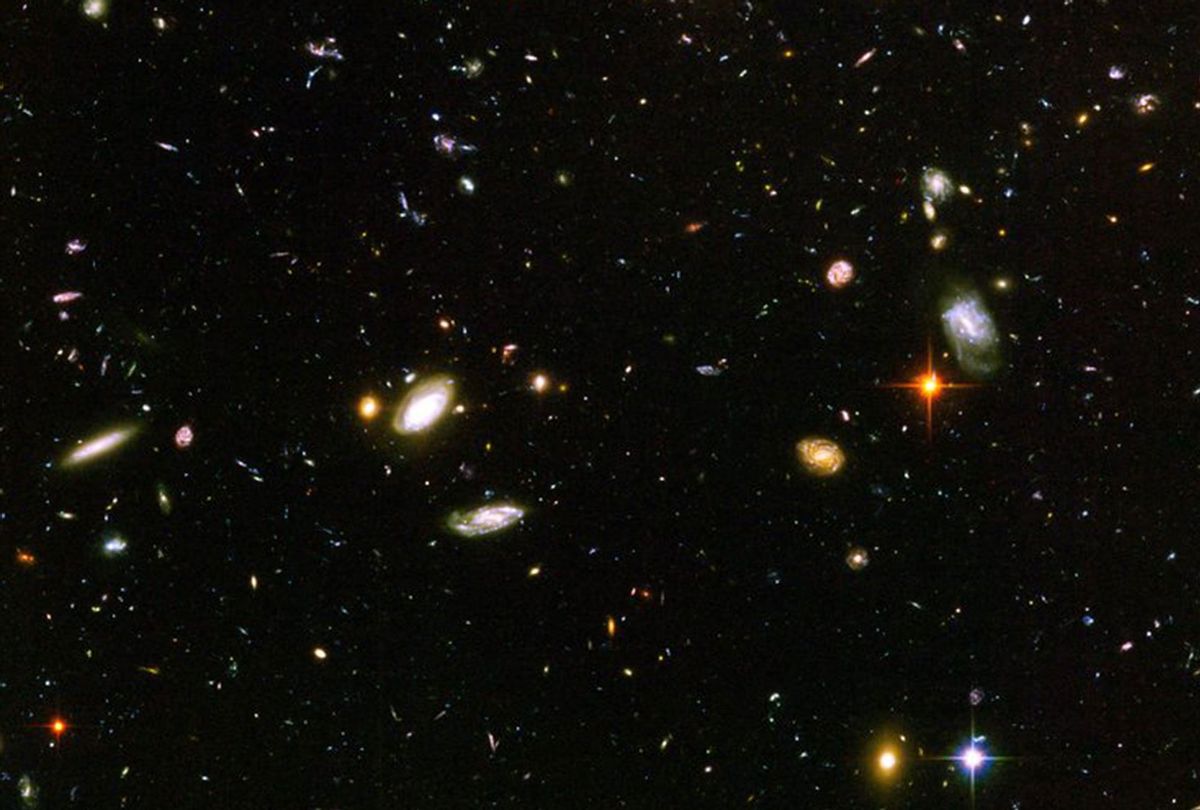Nearly 163,000 light-years away from Earth lays an older, significantly smaller galaxy called Tucana II, named after the tropical bird-resembling constellation it is part of.
Located at the edge of our galaxy’s gravitational pull, Tucana II gave researchers the chance to understand more about the earliest galactic structures in the universe.
Currently, a team of astronomers discovered traces of an extended halo of dark matter that borders the galaxy. Their findings were published recently in the journal Nature Astronomy.
Anirudh Chiti, the astronomer of the Massachusetts Institute of Technology, stated:
“We know [dark matter] is there because, in order for galaxies to remain bound, there must be more matter than what we see visibly, from starlight.”
A dark matter halo is a region of gravitationally bound matter around a celestial body.
The dark matter halo of our galaxy goes way beyond the visible components of the galaxy.
Chiti explained that if you look at the sky’s region where the galaxy exists, you can’t see a clustering or overdensity of stars.
“It’s only when you look at their velocities and realize it’s a group of stars moving at the same velocity that you realize that there’s a galaxy that exists there,” they added.
Anna Frebel, MIT astronomer, put the news in a university press release, mentioning how the whorl of the galaxy’s movement looks a lot like “bathwater going down the drain.”
It turned out that part of the galaxy’s peripheral stars is older than the stars closest to the galactic center.
The scientists hypothesized that the galaxy could result from a massive merger from the past that saw one base galaxy get consumed by another, provoking different origins for the same galaxy.













Leave a Reply